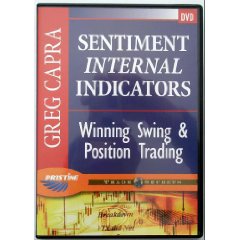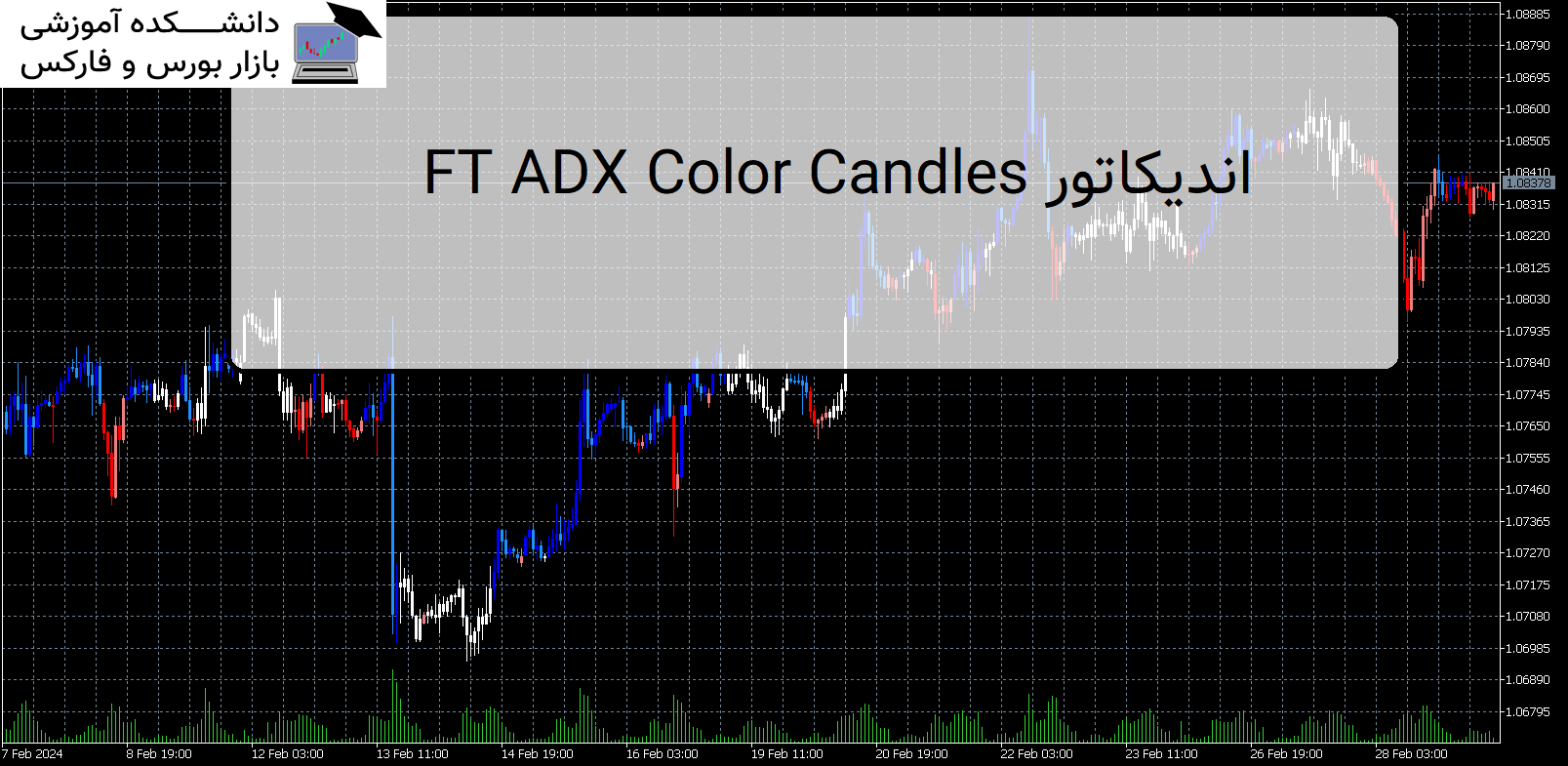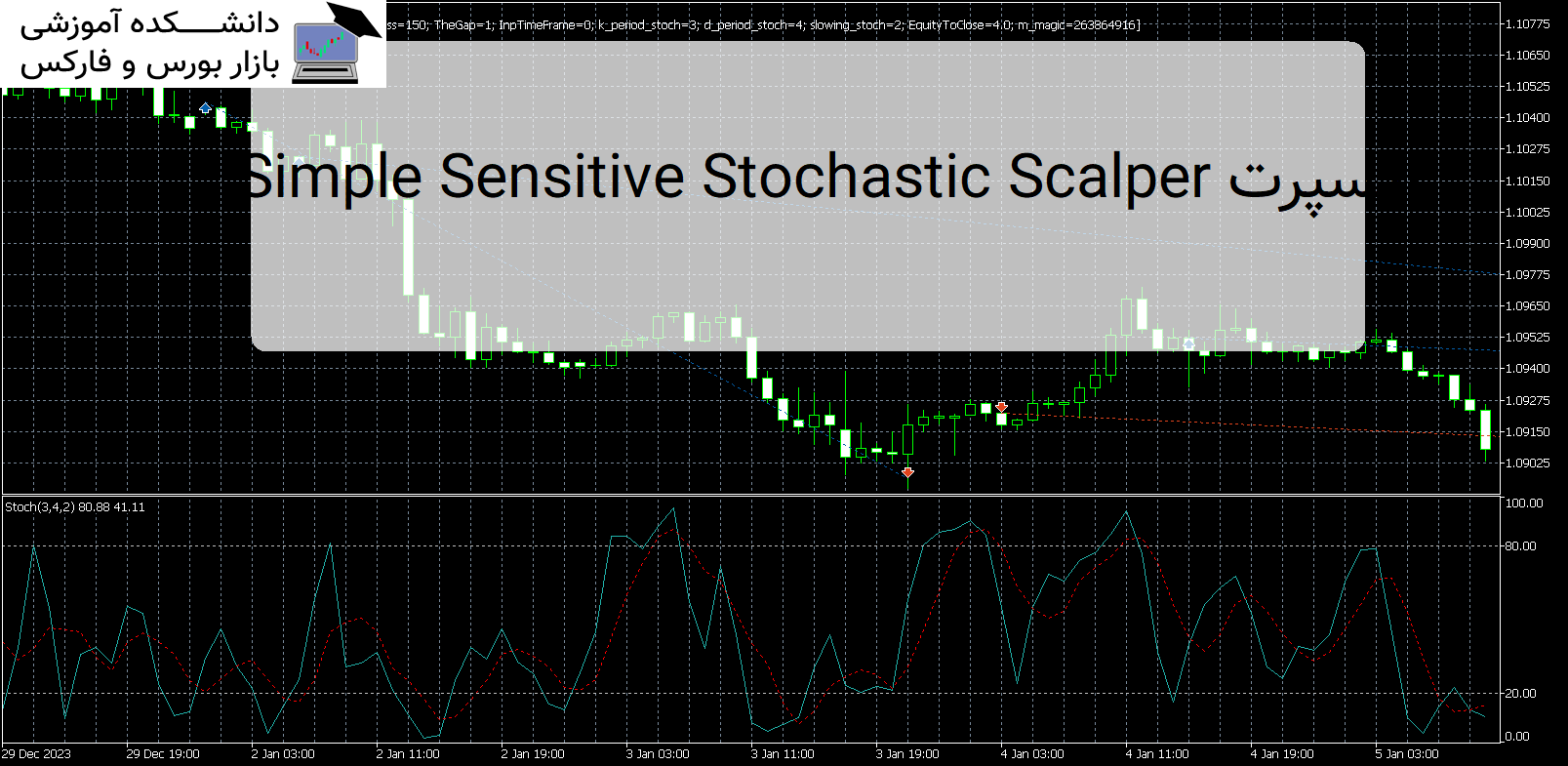Modern Economic Issues
INTRODUCTION How do the major economic issues that dominate today’s news—questions about gross domestic product or budget deficits or trade imbalances—impact the average citizen? Why are health insurance and college tuition increasingly expensive? What can be done about soaring energy prices? In Modern Economic Issues, Professor Robert Whaples has crafted a course designed to answer […]


INTRODUCTION
How do the major economic issues that dominate today's news—questions about gross domestic product or budget deficits or trade imbalances—impact the average citizen? Why are health insurance and college tuition increasingly expensive? What can be done about soaring energy prices?
In Modern Economic Issues, Professor Robert Whaples has crafted a course designed to answer just these sorts of questions—a primer in 21st-century economics for the non-economist. He first presents the results of a survey of professional economists around the country on what they consider today's most urgent economic issues—the ones all of us most need to understand. Professor Whaples then puts his award-winning teaching skills to work to shape an accessible course, explaining not only those urgent issues but also the raw data economists use to describe their shape and impact.
The result is a course that finally makes the connection between the economics you may have studied in school and the economics of the lives we experience every day.
For example, how do you make the decisions—big and small—that make up your daily life?
What factors come into play when you're deciding whether to buy this car or that one, or even commute by bus? Mow the lawn or take a nap? Grill a burger with a bubbling slice of cheese or eat a simple salad?
Most economists will tell you that you make decisions on this personal level by acting as what they would call a "rational maximizer," comparing, whether explicitly or implicitly, what you expect to gain from your decision against what you expect to give up.
You weigh comfort and convenience against the rising cost of gasoline. The need to maintain your home's "curb appeal" against your need for sleep in a much-too-busy life. Your raw craving for that burger against the realities of an expanding waistline.
Learn to See the Tradeoffs in Every Decision We Make
And make no mistake about it: There is almost always something to give up, a tradeoff that is inherent in every decision we make in life—a concept memorably expressed by Nobel Laureate Milton Friedman's famous reminder that "there's no such thing as a free lunch."
But this same kind of personal tahlil is just as applicable to the major issues of public policy, where the needs and wants of a nation and its people—whether financial security, safety from terrorism, or even an available kidney for someone desperately waiting on a transplant list—involve tradeoffs. Tradeoffs that are sometimes obvious and sometimes not.
Issue by issue, Professor Whaples explains those tradeoffs, guiding you through and then past the numbers, teasing out the full range of differing societal costs and benefits that will be part and parcel of any policy option our leaders choose to implement.
What does it mean, for example, if Wal-Mart decides to open a store in your town? Should your local government be enthusiastic, or should it be concerned? Should your own feelings be the same, or are your personal priorities different? What will the presence of the world's largest corporation really mean to you as a consumer, to smaller stores worried about competing, or to your local job market?
Whether dealing with the traditional sorts of topics most of us are used to seeing in an economics course—Social Security, inflation, unemployment, immigration, taxation, and the like—or issues perhaps surprising, such as gambling, major sports franchises, and even overeating, Professor Whaples offers a steady flow of insights about how the American economy really works, and how the consequences of policy decisions can have a longer reach than we might imagine, sometimes ironically so.
For example, Americans are having far fewer children than we used to—the so-called "birth dearth"—because the Social Security safety net removed one of the reasons cited by economic historians for having large families in the first place: the need to be supported in one's later years.
The irony, of course, is that it is this very decline in births that Social Security helped bring about that has itself become a looming threat, with a dwindling number of adults in their working years now available to support the increasing number of retirees who will be dependent on the system.
Go Beyond the "What" to Explore the "Why" of Today's Most Important Economic Issues
Carefully balancing the statistical data—the "what" of each trend or issue—with insightful explorations of how those trends or issues took their present shape—the "why"—Professor Whaples repeatedly takes the numbers that have long been the bane of those intimidated by economics courses and explores their implications in very human terms.
Showing us the human side of the numbers with which economics must be unavoidably concerned is second nature to Professor Whaples, who earned degrees in both economics and history in the process of becoming an economic historian. Honored as both a scholar and a teacher, he is intimately concerned with the real-life consequences of economics for flesh-and-blood people. In fact, his 1990 doctoral dissertation on the shortening of the American workweek was written from both economic and historical perspectives, and was honored by the Economic History Association as the "Outstanding Dissertation in American Economic History" for that year.
Professor Whaples begins the course with a thorough grounding in the basics of economics and the most important measuring sticks by which professional economists gauge an economy's performance. He always moves toward the human side of the equation, letting us see the translation of basic economic forces into the realities of our own lives.
The first lecture is a typical example of his approach. Terms such as rational maximizer, marginal cost, and demand curve fall neatly into place within the real-life example of padding over to one's thermostat on a cold winter's morning to decide where to set it, gauging where the cost–benefit tradeoffs might be—a process very similar to the one being performed at the other end of this transaction, by the marketplace players that provide our heating fuel.
As Professor Whaples so brilliantly shows, tradeoffs are a fundamental part of a system of economic forces that has been in play since long before the word economics even existed, from the moment the first want had to be balanced against the first inventory of resources, forcing someone to make a choice.
Modern Economic Issues is also about the economic implications of making those choices at the level of public policy. By showing the full range of economic factors that can come into play as a result of a given policy, and how our economy works, this course can help you become an even more insightful judge of policy recommendations and of the leaders and policy makers who advocate them.
Moreover, you will understand how professional economists view the full range of tradeoffs inherent in any decision. And you may well learn to supplement your own analyses as you make the real-life economic choices each of us faces every day, becoming an even wiser consumer and manager of your own economic future
Modern Economic Issues
758MB Audio Course
ONLY TORRENT DOWNLOAD
برچسبها :
مقالات مرتبط

Sentiment Internal Indicators
INTRODUCTION Breadth and Sentiment Indicators for Winning Swing and Position Trading will set you apart from those that are lost in the day-to-day news coming from the talking heads to make their swing and investment time decisions.

The Forex Profit Accelerator ( FPA ) course
INTRODUCTION The Forex Profit Accelerator (FPA) course is developed by Bill Poulos, a 30 years trading veteran and dozens of trading systems designer. His previous trading courses have always been designed to take advantage of high probability moves, reinforced with a strong money management formula. Bill will teach you how to totally eliminate all the […]

Peter Bain – How to Trade the Forex Like The Big Dogs
INTRODUCTION Peter Bains Forexmentor is a comprehensive forex training course and includes a trading system based on the widely used concept of support & resistance . In addition to pivot points you would also learn to look for a ‘confluence’ of events occurring including chart patterns, candlestick patterns, trendlines, and MACD divergence. Forexmentor is a […]
آخرین مقالات

FT ADX Color Candles اندیکاتور MT5
معرفی و دانلود اندیکاتور کاربردی FT ADX Color Candles اندیکاتور کاربردی FT ADX Color Candles زمانی که نیاز دارید به طور همزمان به چندین مورد نگاه کنید، معامله می تواند بسیار خسته کننده باشد. اندیکاتور کاربردی FT ADX Color Candles قالب شمع ها، ساپورت ها، مقاومت ها، برنامه ها، اخبار و اندیکاتورها. هدف این ابزار […]

VIP simple training system اکسپرت MT5
معرفی و دانلود اکسپرت کاربردی VIP simple training system VIP simple training system اکسپرت برخی از اندیکاتورها را رصد می کند و تحت یک شرایط (یا شرایط) خاص، بسته به شرایط، درخواست تجارت (فروش یا خرید) می دهد. معرفی اکسپرت کاربردی VIP simple training system استراتژی: ما از شاخص میانگین متحرک با دوره 8 استفاده […]

Simple Sensitive Stochastic Scalper اکسپرت MT5
معرفی اکسپرت کاربردی Simple Sensitive Stochastic Scalper اکسپرت کاربردی Simple Sensitive Stochastic Scalper این سیستم دارای تعدادی متغیر است و در این مورد سادگی آن کلید موفقیت آن است. معرفی اکسپرت Simple Sensitive Stochastic Scalper سیستم به دنبال «شکافهای» مختلف بهعنوان شکستهای ورود به بازار میگردد و سپس آنها را از طریق تجزیه و تحلیل […]


